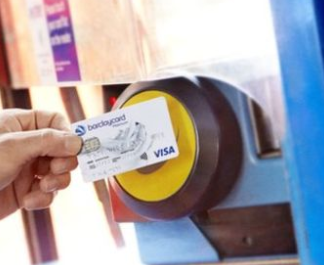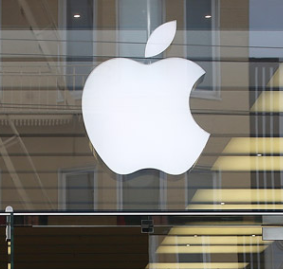Ensygnia today announced that it has partnered with Ingenico Payment Services (IPS) for the secure mobile transaction platform, Onescan. Merchants can now work with Ingenico Payment Services in addition to the other 50 plus payment gateways supported by Onescan. As a leading global digital payment service provider, Ingenico Payment Services provides a seamless response to the complexity of payments, whatever the channel: online, mobile and point-of-sale. Offering innovative e-commerce, multi-channel, financial, and marketing solutions, it helps merchants to manage, collect and secure their payments, prevent fraud and increase their revenues through higher conversions. Ingenico Payment Services is part of the Ingenico Group, the global leader in seamless payment.
Onescan is the award winning, fully-PCI compliant, payments and loyalty platform for mobile devices that includes industry leading Identity (ID) and authentication processes. In the payments world, it allows consumers to typically go from browsing to buying in less than ten seconds.
Julian Wallis, Head of Sales – UK & Ireland at Ingenico Payment Services, said,
“We’re pleased to work with an innovative new partner like Onescan. The awards and recognition they have received are an indication of their excellence in enabling smooth and secure payment transactions on smart phones and we are thrilled to work with them”.
“It’s great to have partnered with Ingenico Payment Services”,
said Matt Deacon, CTO and co-founder of Ensygnia.
“We can now offer IPS as another great way to pay via Onescan, which fits well within our desire to offer our customers and their consumers as much choice as possible when it comes to enabling payments”.
Find out more about Ingenico Payment Services
























